Good King Henry
One of the goosefoots, a good edible leafy vegetable in the Chenopodioideae (Latin = goosefoot) family which includes spinach, quinoa, orache, and around 22 other genuses. It produces prolific leaves and often grows to a metre tall. It has been present around human habitation since the bronze age, and was certainly cultivated in the medieval period up to the last century.
| Hedgerow Type | |
| Common Names | Good King Henry, Good King Henry, Poor man's asparagus, Perennial-goosefoot, Lincolnshire spinach, Mercury goosefoot, Agrown for foll-good |
| Scientific Name | Blitum bonus-henricus |
| Season Start | Jan |
| Season End |
Leaves
40-80mm triangles with toothed edges and horizontal spikes at the bottom of each leaf. Small waxy scales on the surface.
Habitat
Originally from the Alps, Good King Henry will grow wherever it gets a chance although it prefers partial shade. It can be found growing in the wild but is also cultivated in gardens.
Possible Confusion
Some of the Solonacea (nightshades) have similar leaves but are a lot more rounded. They also have much larger distinct petalled flowers rather than tiny green ones on a flower spike. Fruit likewise, the nightshades produce definite berries from 1 – 2cm, Good King Henry produces tiny seeds on the flower spike.
Taste
Similar to spinach, earthy and succulent.
Frequency
Very common.
Other Facts
A close relative of spinach use the leaves the same way or the fresh young shoots like asparagus. It gets into gardens via wild flower seeds and once established it can be very prolific. The origin of the name is lost in time, but apparently nothing to do with any King Henry!


 (2 votes, average: 4.50 out of 5)
(2 votes, average: 4.50 out of 5)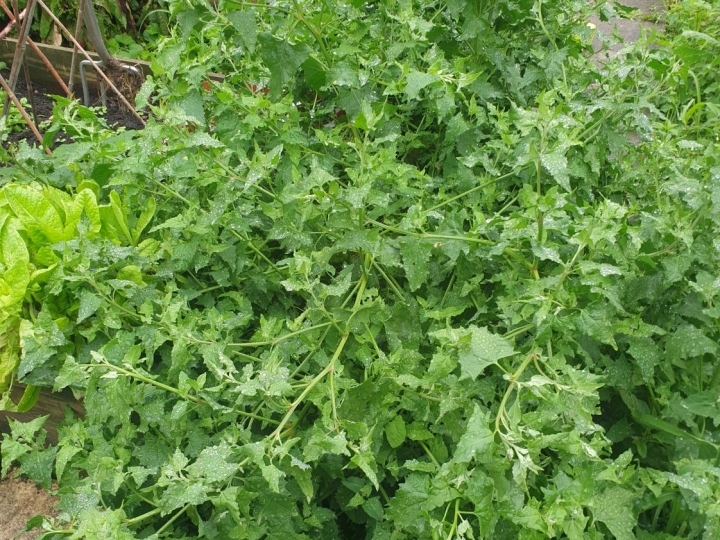
















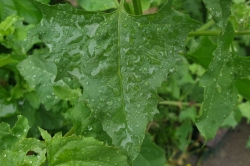
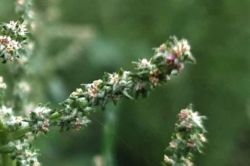
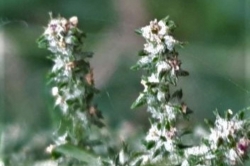
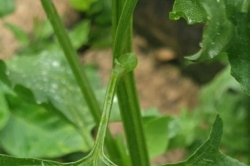
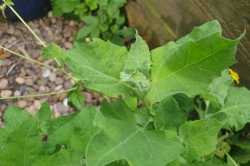
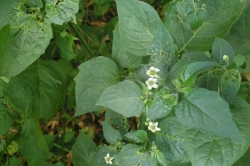





COMMENTS